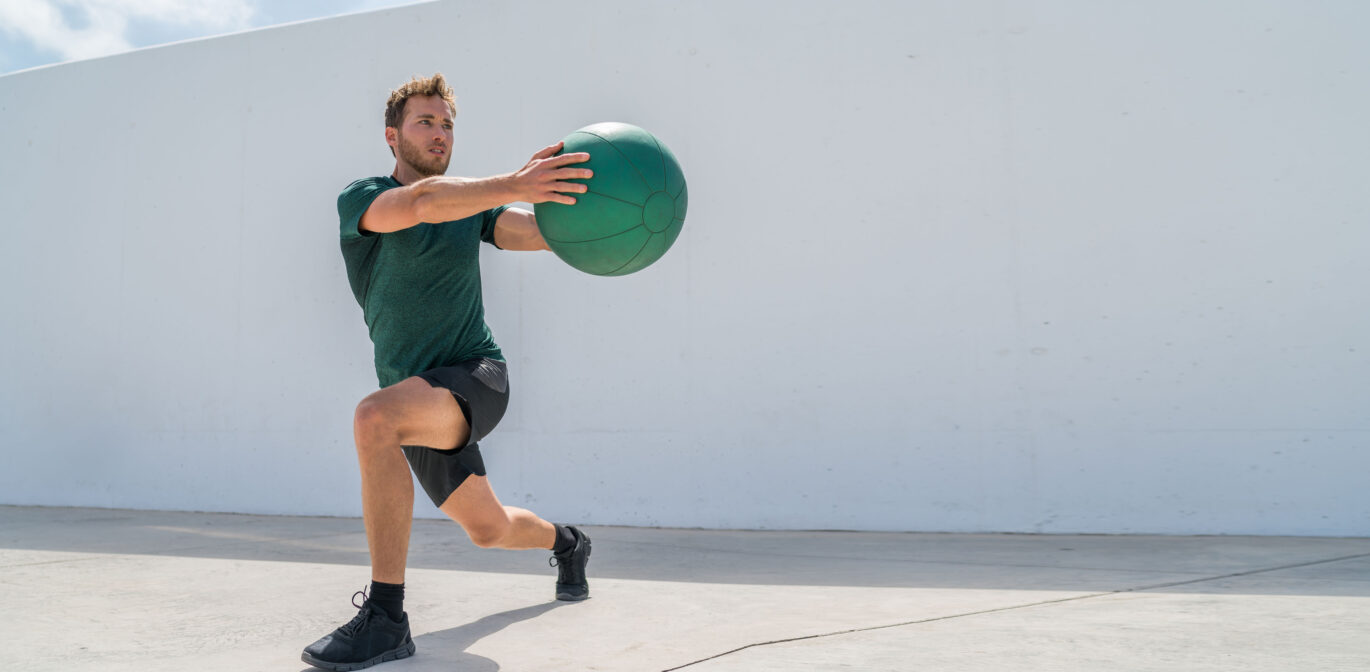If your golf swing were a fortune teller it would tell you a lot about your overall health. Sports medicine researchers have been focused on the correlation between golf and health for decades. Researchers are finding that everything from the quality of the swing to the yards you get when you drive can give telltale cues into the golfer’s overall health and fitness level. The good news is that Titleist Performance training can boost your health and improve your game.
What do you have to lose, here is a look at the health of the average golfer:
>80% of golfers suffer from pain, injury or illness
>27% have back pain
>66% are overweight
>30% have played with a hangover
Source: 2006 Golfers Health Study, Golf Digest
TPI can help a “The Short Drive Syndrome”
If your drives aren’t going very far, it’s often a sign of flexibility issues in the lower body, particularly your hip flexor muscles. TPI will help lengthen your muscles. Tight hip muscles can wreck your swing and are a common cause of back pain. A sedentary lifestyle of sitting on the couch, sitting in the car, and sitting at your desk causes the hip flexor muscles to shorten and stay tight.
TPI can help your “Accuracy Problems”
If your ball is consistently bending to the right or left, this is oftentimes a sign of posture, strength and flexibility problems in the upper body. These signs signal a problem with your range of motion and potential neck arthritis, a risk of becoming rounded or hump back and looming shoulder issues.
TPI can help with an “Inconsistent Swing”
If your swing is unpredictable, it may be a sign that you lack strength in your core muscles from sternum to hip flexor as well as thighs and glut muscles. The real issue is you need to fix your body before you can ever hope to improve your swing.
Correcting Physical Fault
..backswing sway
..chicken winging
..reverse spine angle or dipping
..lower-body lunge
..casting
..poor swing rotation
Assessing each swing fault and its cause will enable a more consistent swing and reduce injury.
TPI can help you “Focus and Concentration”
How you react or explain to yourself a bogey or a birdie can be a sign of how you manage stress on a daily basis. A golfer whose game consistently falls short may simply need to change their mental attitude. Mental stress must be managed before it becomes mental distortion. To improve your golf game start with stretching exercises before, during and after your round to release physical and mental stress as well as provide you a more flexible mind and body.
Many of the TPI exercises target muscles used in golf that support the spine. When done correctly, these exercises improve a golfers’ posture, spinal mobility and strength throughout the swing. Most individuals regardless of age have some sort of postural misalignment. Yet, knowing your postural dysfunction (deviation) allows you to manage your stance when addressing the ball, coiling to take that backswing, releasing into the downswing, then the impact, and finally ending with the follow-through to contain the path of the body. Why all this attention to postural alignment you may ask? Well, simply put, poor posture saps energy from the body and leads to fatigue, inhibiting the quality of each breath and each swing. When the spine is improperly aligned, some muscles will be required to work harder to keep the body in upright position. Standing upright throughout the day requires endurance and without stamina the body’s structure will start to collapse. Poor posture complicates other physical ailments such as breathing, circulation, chronic back pain, digestion issues and headaches just to mention a few.
FOOD FOR THOUGHT
The human spine
. 24 moving vertebrae
. 9 fused vertebrae
Each spinal curve absorbs shock, provides flexibility and range of motion to every movement in life and in golf, while surrounding muscles act as stabilizers.
. 7 vertebrae in the cervical spine (neck)
. 12 vertebrae in the thoracic (upper back)
. 5 vertebrae in the lumbar (mid-low back)
. 5 fused vertebrae in the sacral (low back)
. 2-4 vertebrae in the coccygeal region below sacrum

